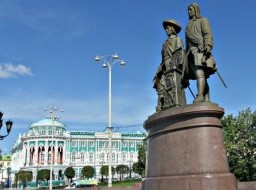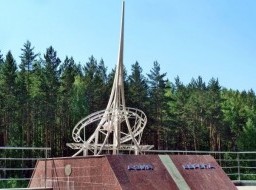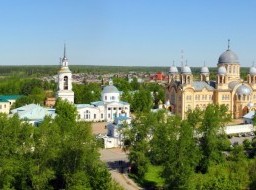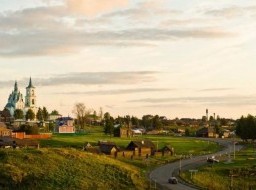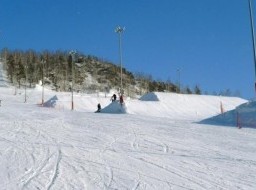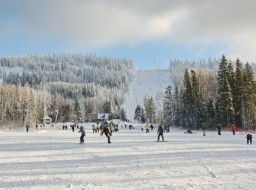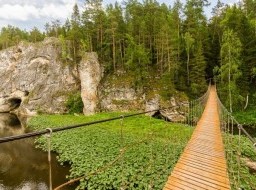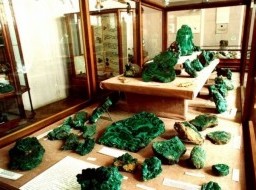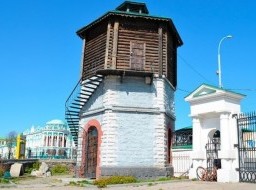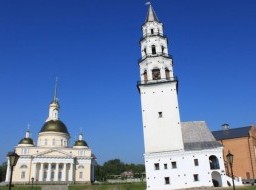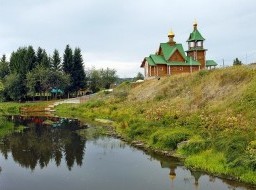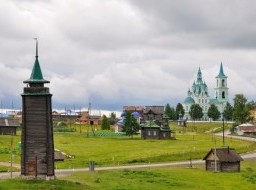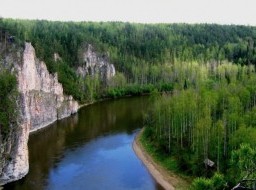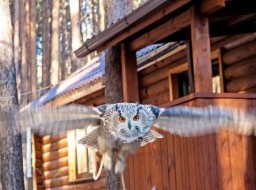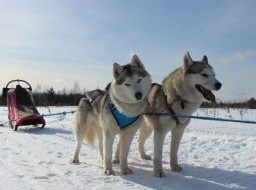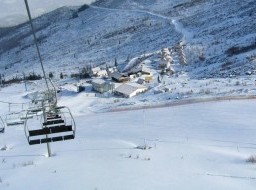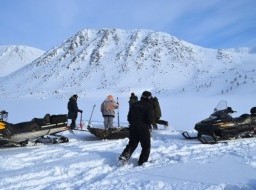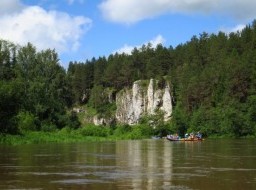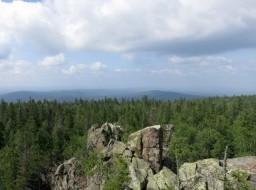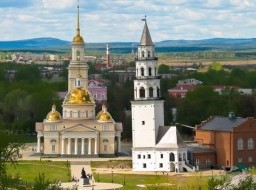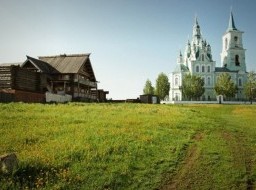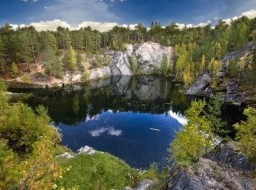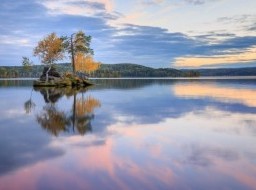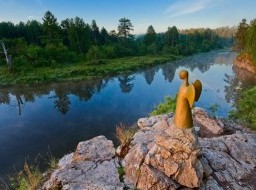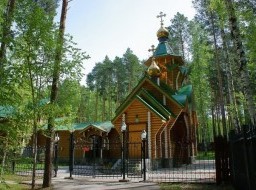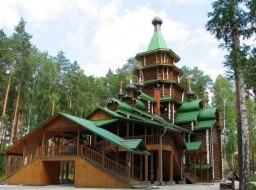Ilmen Mountains - a group of mountain ranges in the southern Urals, in the Chelyabinsk region, near the town of Miass. The highest point of the mountain - Mount Ilmentau, the height of its 753 meters, the next highest mountain has a height Ishkulov 660 meters.
Ilmen mountains are very picturesque - they are covered with forests of pine, larch, birch, they are a lot of meadows, marshes. With Zaporozhye mountains to the east it borders the forest and lake area, and from the west along the river valley Miass - the bulk of the ridges of the Ural Mountains. They Are eastern boundary of the Ural Mountains on their geographical shyratse. famous lakes located in the mountains - Ilmen, Miasovo, Chebarkul and the Authority.
The whole territory of the Ilmen Mountains is part of the Ilmen Reserve. In the mountains there are mineral monazite, and in mountain veins are ilmenite, apatite, garnet, topaz.
The Ilmen Mountains are called the «Ural Switzerland» because of their beauty and unique diversity of minerals. In 1920 the Ilmen Mountains were announced a mineralogical reserve, one of the first nature reserves created in Russia.
The reserve’s rock diversity was determined by its long and complex geological history going back 2.3 billion years.
Its value to svience is connected with the presence of pegmatite veins (granite, syenite, miascite), where one can find topaz, aquamarine, phenacite, zircon, sapphire, tourmaline, amazonite and various less-common metal minerals. Such rocks as miascite, firsite and sandyite as well as 18 minerals (including ilmenite) were discovered here for the first time in the world.
The reserve’s relief is smoothed out and comprises a system of hills at different height. To the west it is limited by the flood plain of the river Miass, to the south and east – by a chain of large lakes of tectonic origin. The highest point, the Ilmen-Tau is 750 m above sea level.
Over forty rivers and nearly 30 lakes are registered in the reserve. More than 80 % of its territory is covered by forest, 50% pine and 44% birch. Larch, aspen, spruce and fir make up the remainder. Elm and lime are also found here. Oak and Siberian peashrub are cultivated. The characteristic feature of the reserve’s flora is its mosaicity. On the southern slopes of the Ilmens there are patches of typical mountain steppes.
Suslik, elk, white and grey hares, Eastern imperial and white-tailed eagle, common and Himalayan cuckoo, woodcock, whooper swan, common crane, peregrine and fish hawk are found here. Shrews, moles, hedgehogs, several species of voles, squirrels (common and flying), least weasel, ermine, European polecat, Siberian weasel and European pine marten are common. It is possible to meet fox, wolf and lynx. Occasionally brown bears appear in the outskirts. Elk and roe are not numerous. Sika deer and beaver are acclimatized.
The reserve’s climate is acutely continental with hot summers and cold winters. Its weather is unstable. Dry summers can alternate with rainy ones, and frosty winters with little snow – with mild and snowy ones.


